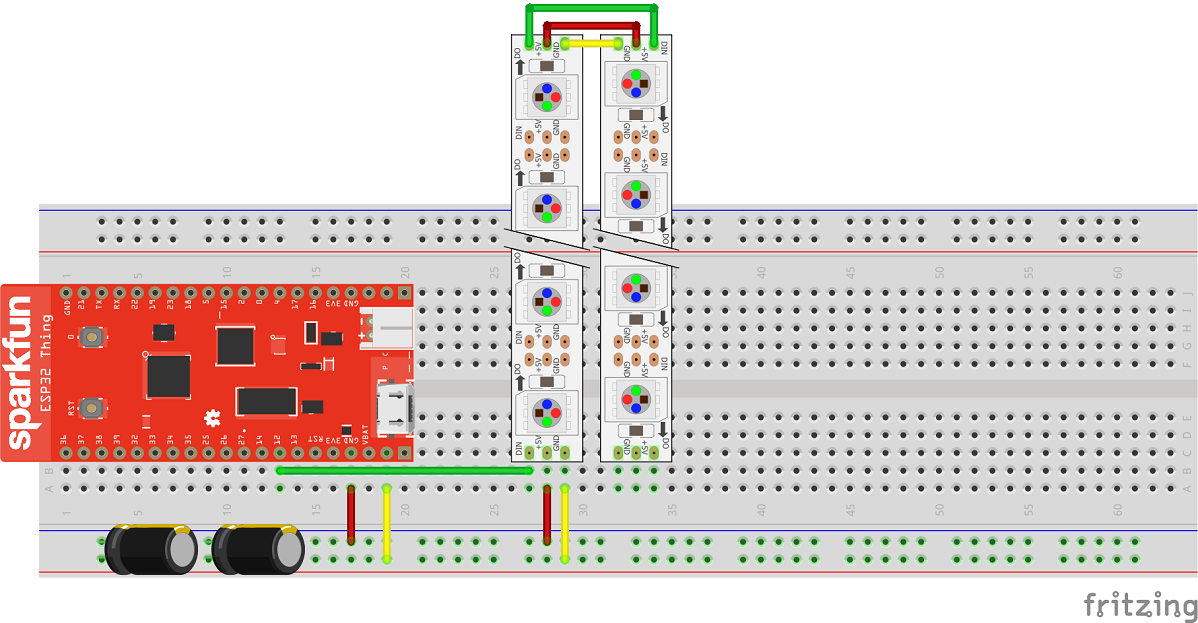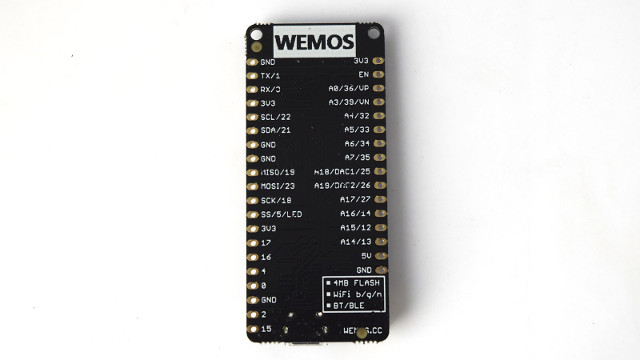

There is a link between the Arduino keywords and the ESP32 pins. It will be necessary to refer to the pinout to know the pin number and not deduce it from the position of the pin. You will notice that the pins are numbered out of order, unlike the Arduino boards.

I would like to invite you to consult the page on the detailed operation of the ESP32 pins for more information. The pins 36, 39, 34, and 35 pins GPIO36, GPIO39, GPIO34, and GPIO35 can only be used as**input.** They don’t have internal pullup resistors either (You can’t use pinMode(36, INPUT_PULLUP) ). UPesy ESP32 Wroom DevKit v2 Simplified Pinout This version, adapted for beginners, presents the main features of the pins. Here below are two versions of the pinouts of the board uPesy Wroom DevKit :Ī simplified version that you also have in paper form with the board will help you familiarize yourself with the pins during your first electronic circuits.Ī version contains the majority of the features of each pin. The pinout of a board corresponds to a diagram that summarizes the functionality of all the pins. Y**ou can access the pins on both sides of the board** to connect wires.Įach pin of the uPesy board is identified by a number GPIOxx This number allows one to know a particular pin’s functionalities. It is wider than most other ESP32 boards. The board is based on an ESP32 module and can be easily put on a breadboard. Here is the technical documentation of the board uPesy ESP32 WROOM DevKit. If you have just received a uPesy ESP32 board, look at the quick start guide if you haven’t already done so.


 0 kommentar(er)
0 kommentar(er)
